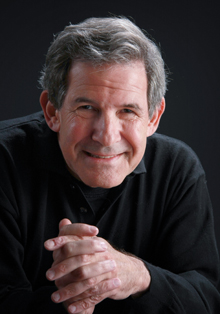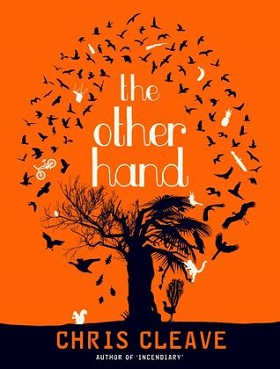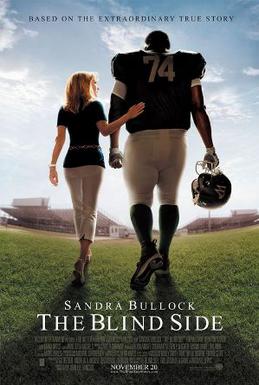Lists





5 Books
Non fiction to read
February 2023 | 0 views
Sort by:
Recent Desc
More lists by Lynn
Nonfiction Health to read
List includes:
March 2024
0



Asian movies to see
List includes: Battle of the Warriors, Seven Swords, Painted Skin
March 2024
0



Favorite spiritual books
List includes: The Seat of the Soul, Proof of Heaven: A Neurosurgeon's Journey into the Afterlife, Soul Stories
February 2023
0


Spiritual books to read
List includes: The Silence of the Lambs, Gary Zukav, Living in the Light: A Guide to Personal and Planetary Transformation
February 2023
0



Healthy books to read
List includes: Why We Get Fat: And What to Do About It, The Hormone Cure: Reclaim Balance, Sleep, Sex Drive and Vitality Naturally with the Gottfried Protocol, Eat the Yolks
February 2023
0

Favorite books for healthy living
List includes: How Not to Die: Discover the Foods Scientifically Proven to Prevent and Reverse Disease
February 2023
0



Want to read
List includes: Alias Grace, A Concise Chinese-English Dictionary for Lovers, Little Bee
February 2023
0



Favorite Asian themed reads
List includes: The Memory Keeper's Daughter, Snow Flower and the Secret Fan, Empress Orchid
February 2023
0



Great movies
List includes: Inglourious Basterds, The Blind Side, The Silence of the Lambs
February 2023
0